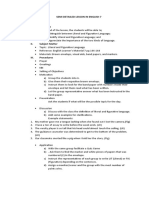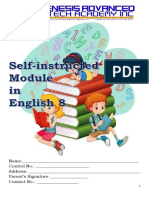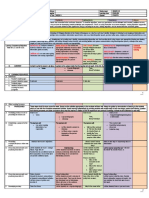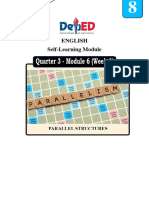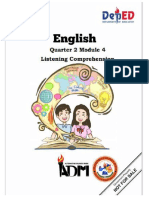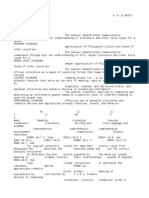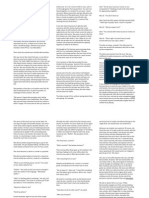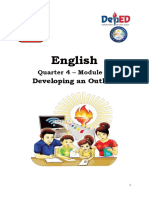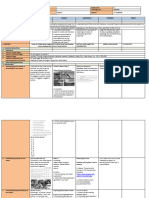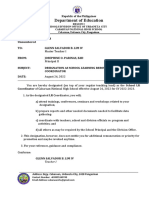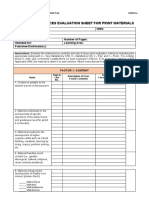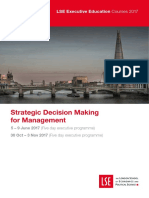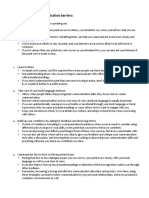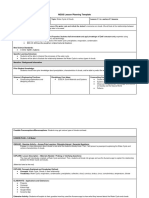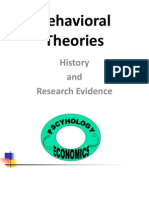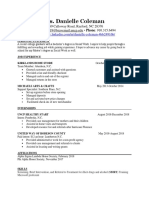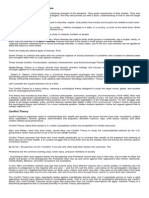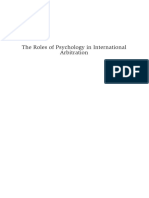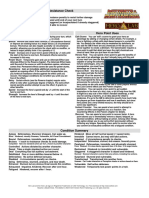0% found this document useful (0 votes)
346 views8 pagesText Structures of Expository Text Final
The lesson plan for English 7 focuses on teaching students about different expository text structures, including Sequence, Comparison and Contrast, Cause and Effect, and Problem and Solution. Students will engage in activities to identify these structures, participate in group writing exercises, and utilize templates to create their own paragraphs. The lesson concludes with an evaluation and assignment to reinforce the concepts learned.
Uploaded by
glenn salvador iv limCopyright
© © All Rights Reserved
We take content rights seriously. If you suspect this is your content, claim it here.
Available Formats
Download as DOCX, PDF, TXT or read online on Scribd
0% found this document useful (0 votes)
346 views8 pagesText Structures of Expository Text Final
The lesson plan for English 7 focuses on teaching students about different expository text structures, including Sequence, Comparison and Contrast, Cause and Effect, and Problem and Solution. Students will engage in activities to identify these structures, participate in group writing exercises, and utilize templates to create their own paragraphs. The lesson concludes with an evaluation and assignment to reinforce the concepts learned.
Uploaded by
glenn salvador iv limCopyright
© © All Rights Reserved
We take content rights seriously. If you suspect this is your content, claim it here.
Available Formats
Download as DOCX, PDF, TXT or read online on Scribd
/ 8











